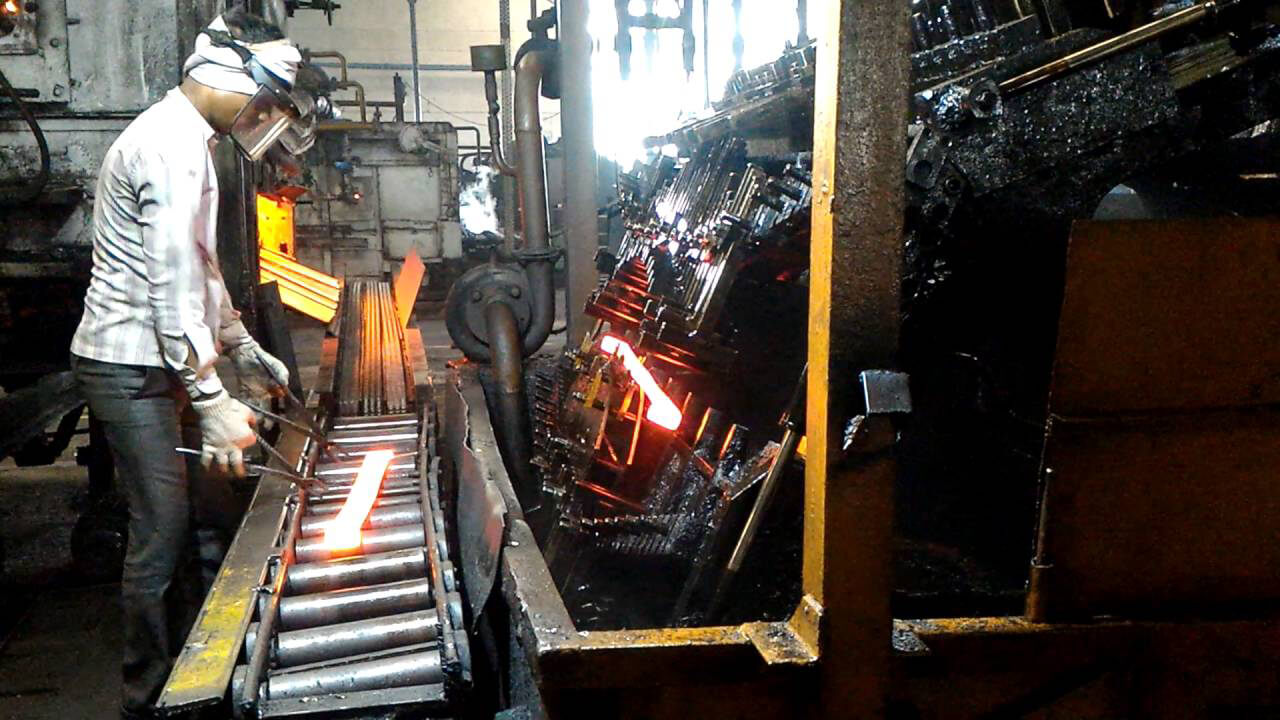© 2019 Suzhou Tianzhijiao Precision Machinery Co.,Ltd. All rights reserved. Site Map Designed by iwonder.cn
Quenching is simply the rapid cooling of a metal in a medium after heat treatment. The procedure is swift to prevent a slower or more natural cooling process from changing the microstructure of the metal. These changes are broadly known as phase transformation. Hence quenching ensures you can obtain the desired material properties. Quenching is a popular term in manufacturing.
The medium used for quenching are of different types and forms, each with its unique properties. They include:
Caustics
Oils
Gases
Caustic medium includes water, salt water and soda. Caustics are the fastest media in cooling and hardening metals. However, they also have a higher chance of warping the metal. Salt water is used in varying concentrations in quenching. Oils are mostly preferred for quenching because they are effective with lower risks of warping the metal. Quenching oils have diverse characteristics that allow variation in cooling rates. Gases are also commonly used as they include air and nitrogen. The gas is applied forcefully for quenching effect. Gas is often used in quenching for finished metals.
Your process determines what quenching medium is ideal, but at all times precautions must be taken because of the varying temperatures involved with the process. Quenching machines create a much safer scenario for this procedure.

Use of Quenching Machines
Quenching is primarily used to harden steel. During quenching, the quench media interferes with the metal to introduce martensite and cool the steel through its eutectoid point. At this temperature, austenite becomes unstable and leads to the hard and brittle martensitic stage.
Consequently, the metal is then tempered to reduce the brittleness of quench hardening.
Before using a quenching machine, steel and iron are of a pearlitic grain structure. This structure has a characteristic softness which makes it unsuitable for most applications of steel alloys.
Therefore, quenching is used to transform the metals into a harder structure of martensite through its rapid cooling effect after heat treatment. Treated steels and irons with the martensitic structure are useful in various applications especially when it is necessary for the metal to be highly resistant to damage.
Quenching is a safe and efficient method of hardening metal (mostly steel). It prevents the steel from transitioning from austenite into ferrite and cementite. The process is specific to obtain a martensitic transformation.
Quenching machines are relatively easy to operate and control. They present a more convenient way to apply quenching media and harden metals. They are a standard addition to manufacturing or metallurgical companies.
By continuing to use the site you agree to our privacy policy Terms and Conditions.